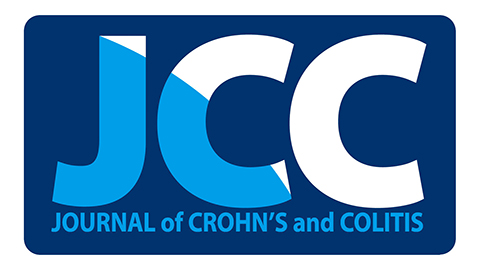
“Spasticity is a common symptom of multiple sclerosis (MS) affecting about 80% of MS patients. Numerous lines of evidence suggest that spasticity due to its complexity is not adequately managed with conventional anti-spastic therapies. Therefore, in order to improve the outcomes for the majority of MS patients, alternative approaches are needed to be discovered. Over the last years, the use of cannabinoid compounds as a potential treatment for MS-related symptoms has aroused great interest, owing to encouraging preclinical and clinical studies. To date, Sativex, an oromucosal spray containing tetrahydrocannabinol and cannabidiol in approximately 1:1 ratio, is the only commercially available formulation containing cannabinoids used as add-on therapy for treatment of spasticity in adult MS patients who are not responding to conventional antispastic therapies.
METHODS:
Here, by performing a literature search, we provided an overview of the last decade of clinical evaluations as well as post-marketing studies about effectiveness and safety of Sativex in the management of MS-related spasticity.
RESULTS:
Sativex was proven effective in treating spasticity and also in improving the patient’s quality of life. In addition, a low incidence of adverse reactions Sativex-related supports the good safety profile and its tolerability.
CONCLUSION:
This review by recognizing the clinical effectiveness of Sativex in spasticity management, opened a new opportunity for many patients with spasticity resistant to common antispastic drugs.”
https://www.ncbi.nlm.nih.gov/pubmed/29055461
http://www.msard-journal.com/article/S2211-0348(17)30148-7/fulltext







